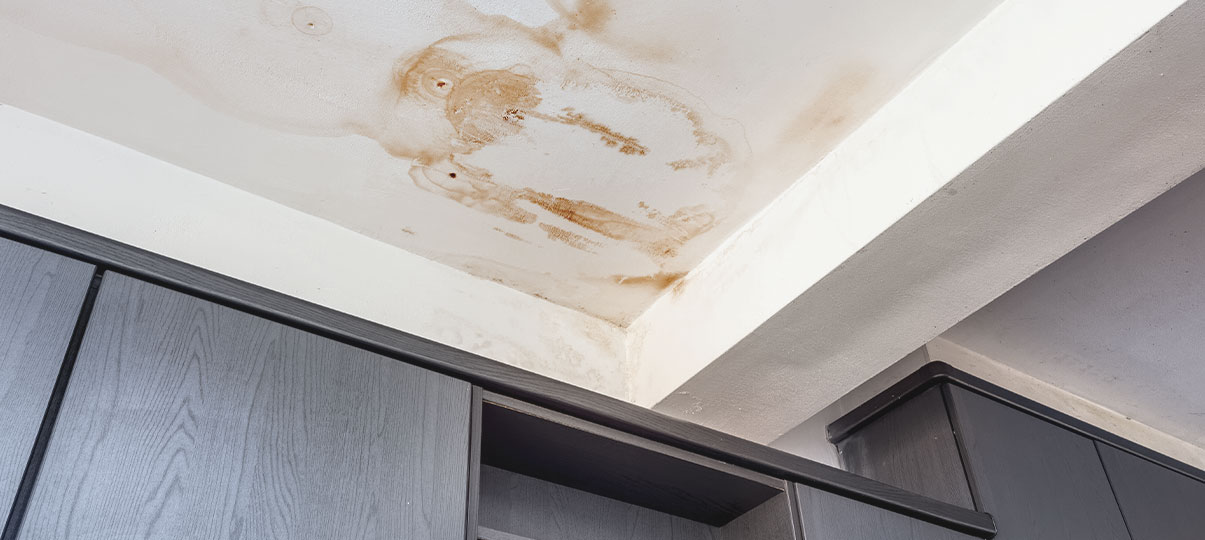
Painting Over Water Stains: Pro Tips for the Perfect Finish
The ugly sight of water stains on the ceiling or wall is not one you want to see. Yet it can happen for a variety of reasons. The good news is that painting over water stains is relatively simple and easy. However, before you start painting there are some things you need to do first.
Fix the Leak
It will not do you any good to paint over a water stain only to see it come back because the leak still exists. Many water leaks come from water pipes or drains that have developed cracks or have been damaged. Other sources include water that enters through the roof.
Find the leak first, correct it so that it does not leak again, and you will be ready for the next step.
Let the Stain Fully Dry
Turn a fan on the stain and use a drying dehumidifier to ensure that the area in question is fully dry before you begin the next step. It is generally best to place a fan close to the stain on a ladder and a dehumidifier on a lower step. Let both units run overnight to ensure that the stain is fully dry.
Scrape & Disinfect
Now you are ready to remove the damaged paint. Use a painter’s or putty knife to remove all the loose material. Keep the pressure gentle as you only want to remove the stain itself. Removing too much material will make the job more difficult.
Once the area is cleared, mix one cup of bleach for every gallon of water. Dip a rag into the mixture and carefully wipe the area that has been stained. This will kill any mold that may be present.
Repair
Most water stains will come with cracks or chips in the material. You will need to assess such damage and then use joint compound or drywall mud to fill in the space. Smooth the mud or compound with a painter’s knife and then let it fully dry.
Once dry, gently sand the area so that it matches the rest of the ceiling or wall. It may take a few times before you get this part to match the rest of the wall.
Paint
Now you are ready to paint. Start with a primer that blocks stains and paint just over the area affected. Let it dry and add a second coat over the stain and let it spread out by several inches in all directions.
Let the second coat of primer dry and now you can apply the new paint. Cover the second coat of primer and feather the paint at the edges so that it blends in with the rest of the paint. However, if the ceiling or walls are painted in light colors, you will probably have to paint the entire area with the new paint so that it looks even.
Painting over water stains can be performed when you take the proper action to stop the leak, use the right materials, and stick to the painting methods that work. Once you have painted over the stains, inspect it from time to time to ensure that the water leak does not return.
Email or call Tilo Martin Painting for more information 310-230-0202.



